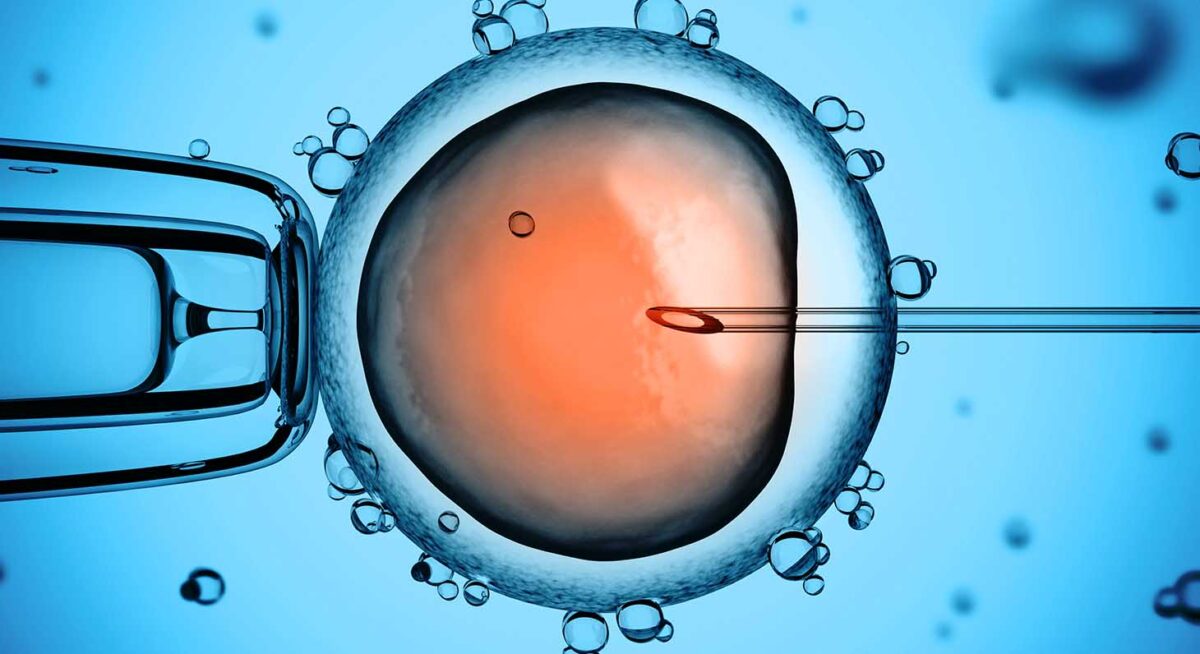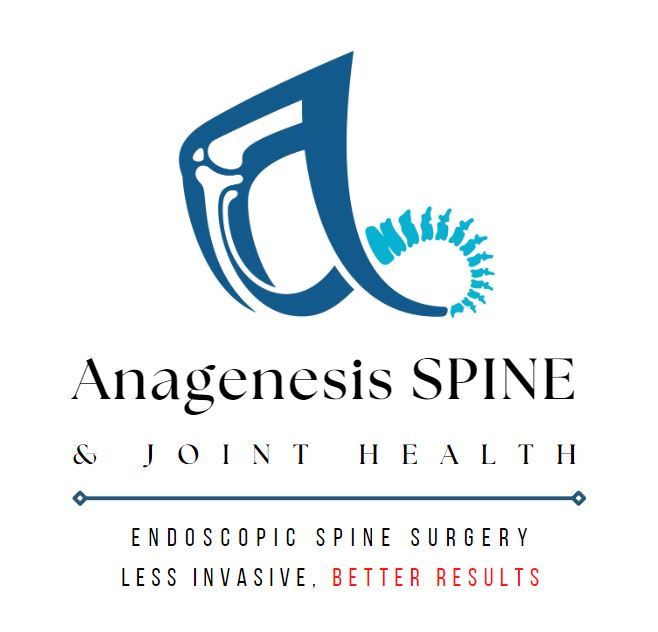Platelet Rich Plasma (PRP) Injection

What is Platelet Rich Plasma?
PRP is produced from a person’s own blood. It is a concentration of one type of cell, known as platelets, which circulate through the blood and are critical for blood clotting. Platelets and the liquid plasma portion of the blood contain many factors that are essential for the cell recruitment, multiplication and specialization that are required for healing.
After a blood sample is obtained from a patient, the blood is put into a centrifuge, which is a tool that separates the blood into its many components. Platelet rich plasma can then be collected and treated before it is delivered to an injured area of bone or soft tissue, such as a tendon or ligament.
PRP is given to patients through an injection, and ultrasound guidance can assist in the precise placement of PRP. After the injection, a patient must avoid exercise for a short period of time before beginning a rehabilitation exercise program.
Is PRP Treatment Effective?
Several basic science studies in animal models suggest that PRP treatment can improve healing in soft tissue and bone. For example, increased numbers of cells and improved tendon strength have been noted in Achilles tendon injuries, and improved muscle regeneration has been shown in gastrocnemius (calf) muscle injuries.
These favorable findings in animal models have led to the widespread use of PRP treatment for a variety of conditions, including acute and chronic tendon problems, as well as injuries to ligaments and muscles. Some early-stage clinical studies in humans have been promising, but are limited by their study design and few patients.
The most promising early results have been seen when PRP treatment is used for chronic tendon conditions, such as lateral epicondylitis (tennis elbow) and Achilles tendinosis, which impacts the Achilles tendon.
In a small study involving knee osteoarthritis, PRP treatment was shown to be more effective than hyaluronic acid treatment. PRP has also resulted in positive or similar results when used in the treatment of rotator cuff tears and medial collateral ligament (MCL) injuries in the knee.
Overall, there is support of PRP treatment in published clinical studies. However, because PRP is created from a patient’s own blood, it is considered a relatively low-risk treatment with the potential to improve or speed healing.
What are some concerns regarding PRP?
Because PRP is given in the hopes of optimizing the initial inflammatory response of healing, anti-inflammatory medications should likely be stopped at the time of PRP treatment.
Also, PRP does contain endogenous growth factors, so some agencies consider it to be a performance-enhancing substance. For instance, the World Anti-Doping Agency and the United States Anti-Doping Agency forbid the injection of PRP within muscles because of the possibility that the growth factors could enhance a person’s performance. However, there are currently no data to suggest that PRP is actually a performance-enhancing substance. Major professional sports leagues have not yet addressed the topic of PRP.
Key Points to Remember
- Platelet Rich Plasma (PRP) comes from a patient’s own blood.
- PRP is a concentrated source of growth factors and cellular signaling factors that play a significant role in the biology of healing.
- Basic science studies show that PRP treatment may improve healing in many tissues.
- Anti-inflammatory medicines should be stopped before and after PRP treatment is given.

